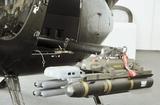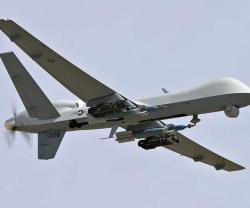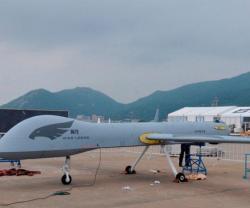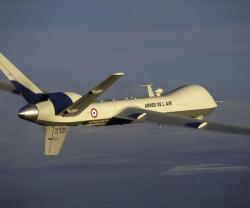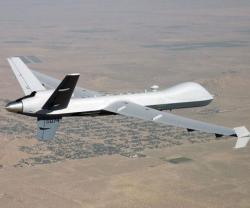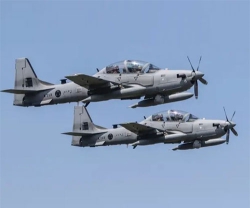The race to develop better, smaller, cheaper airborne weapons has become a charge. It is difficult to think of a single precision-guided munitions (PGM)-maker in Europe or the US that does not have, at the very least, one such programme under way.
Linking each project is the need to combine accuracy and effectiveness in ever-smaller packages. Here, the definition of 'small' covers weights from about 50 lb to 250 lb, but the emphasis is very much on the lower end of that scale. Weapons once thought of as modest, like a 500 lb bomb, have become too destructive for the modern urban close air support (CAS) scenario - and it is those CAS missions that are driving the 'mini munitions' revolution.
There are several specific issues that small weapons must address. Most important is the need to equip the growing ranks of unmanned aerial vehicles (UAVs). Today's armed UAVs tend to be larger and more expensive MALE (medium altitude, long endurance) vehicles such as the MQ-1 Predator and MQ-9 Reaper.
Small weapons will transform the UAV world. Not only will they enable systems like the MQ-9 to double or triple their combat load, they will also turn cheap and cheerful tactical UAVs into effective armed assets for the first time.
There is also a need to increase the warload of manned tactical fighters, so that fewer aircraft deliver the same, or better, combat persistence.
Finally, the coming of future fighters like the F-35 and F-22 makes mini munitions an absolute priority.

